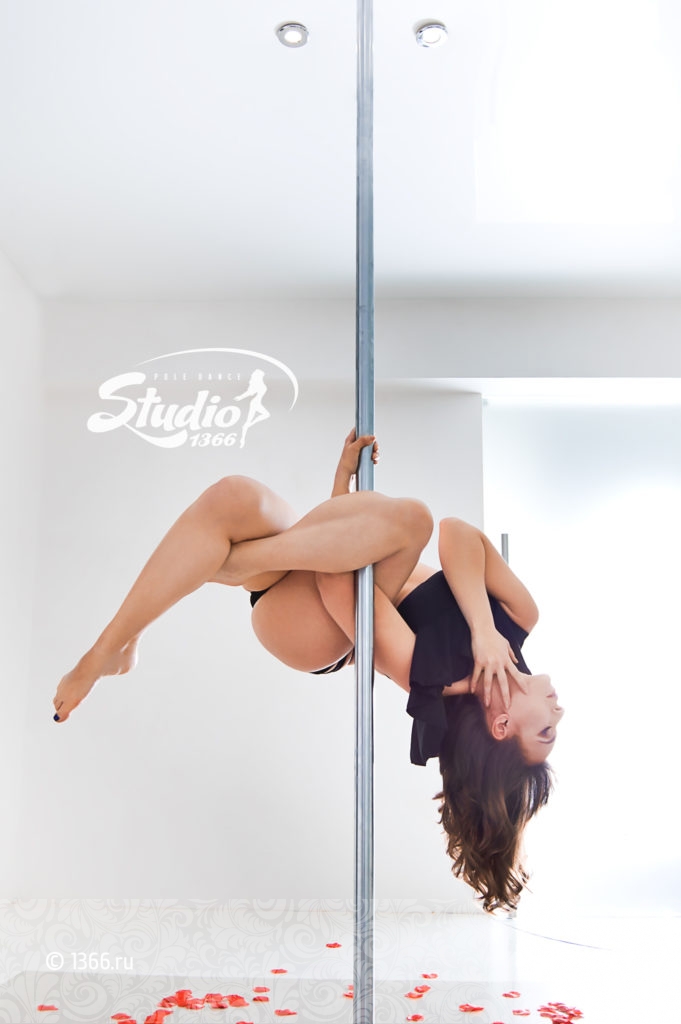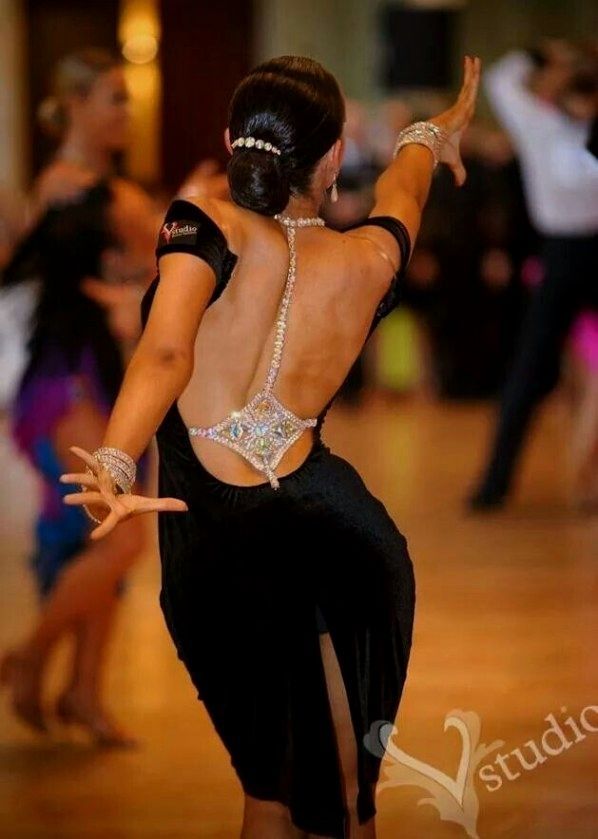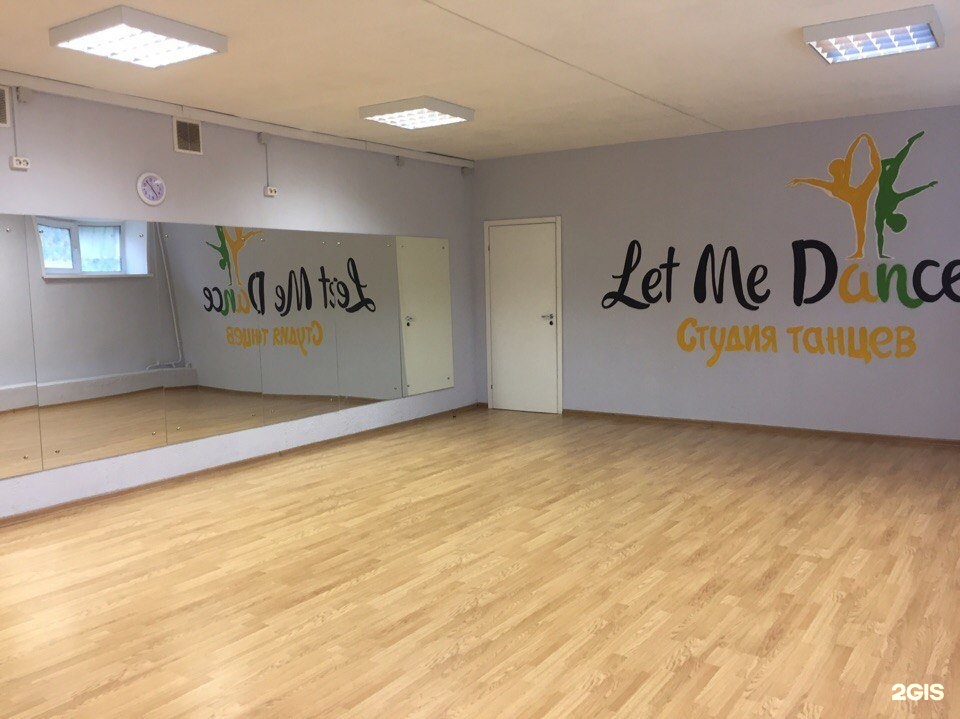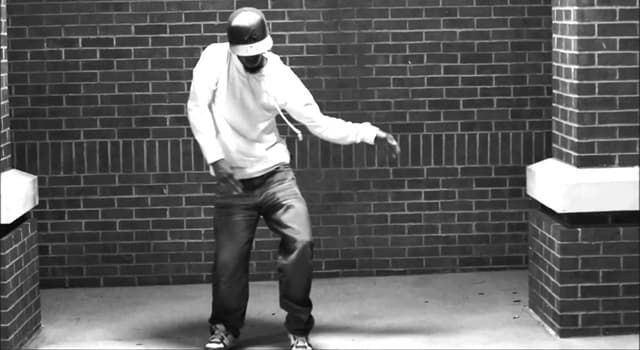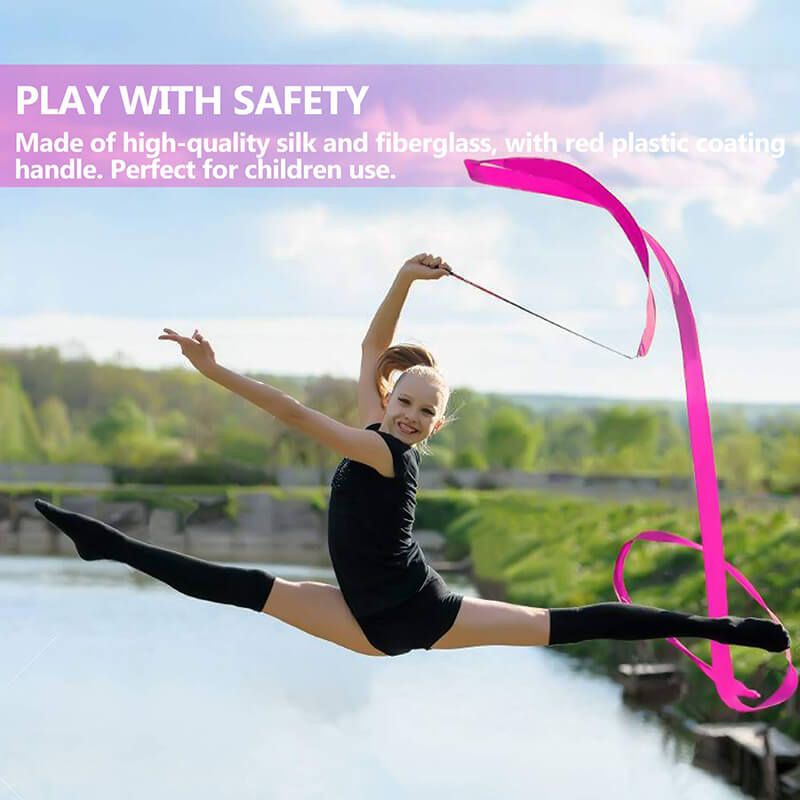How to pole dance for beginners videos
Top 10 Tips For Beginner Pole Dancers
Table of Contents
(Last Updated On: December 8, 2022)
There are plenty of pole dancing tips for beginners. Here we are going to review the top 10 Tips For Beginner Pole Dancers, e.g. pole dancing beginner lessons.
Pole dancing or pole fitness is an amazing and exciting experience that can completely change your life. Both women and men are more and more benefiting from this great exercise. It is a form of physical activity that enhances your body strength as well as your mind. Ask any poler around you and they will explain it to you.
Pole dancing is an exercise that is best to know and study before you dive into it. Here we are going to review the Top 10 tips to consider for beginner pole dancers as well as learn how to pole dance for beginners.
1. Set Up A Home PolePortable dance poles are the best and easiest answer to owning a pole.
![]()
One of the main pole dancing beginner tips is to install a pole at your home. Owning a dance pole has never been easier. It is easy to purchase, easy to install and easy to maintain. Of course you can always use the dance pole in the studio. However, considering how easy it is to own a pole and its benefits; you should definitely consider owning your own pole.
Check out our new blog on What Pole Is Best For Pole Dancing? Static | Spinning | Dual Function, to help you identify the right choice of dance pole.
Set up a home pole space to supplement your in studio classes. This will accelerate your progress and training frequency. You can learn from online lessons just as easy these days especially with a home set up. If you live in a rented home or do not have a suitable ceiling or floor for installing a friction fit pole, there are alternative options like the freestanding stage pole. Find good sources to research more about what works for you.
2. Spinning VS Static Pole For Beginner Pole Dancer?If you have limited budget then I highly recommend to you to check out our Affordable Dance Pole Blog.
Dual function poles (Poles that can switch between spinning and static modes) are the ultimate answer for beginner pole fitness.
It is known that static poles are the right way for beginners to learn pole dancing. However, there are many beginner pole dancers out there who prefer spinning pole. Ultimately, there are some beginner moves that are better to learn on static pole and some other on spinning.
The best answer to this question is dual function poles. These are poles that can be set in either mode based on your need. And the switch between the modes are as easy as using a key. So, either mode you prefer, the dual function pole is your answer.
3. Build Your Upper Body & CoreA key to quick advancement in pole is a strong upper body.

There are plenty of moves on the pole and it is mostly engaging your upper body. The strength in your shoulders and arms will allow you to lift your body up and get into various moves. When it comes to inverting moves you would still need your upper body to get into inverts. And let’s not forget about the strong core as the foundation to almost every move.
There are multiple ways to build your upper body and get it ready. Some of these exercises are with and some are without the pole. Upper body conditioning for pole is rather different from powerlifting. In powerlifting people mostly build muscle mass, but in the pole fitness world the focus is on building strength.
4. Use of Skin for GripingGriping the pole is much easier on the skin rather than clothes.
Almost all pole moves are made around griping the pole. And griping can be with your hands, knee-pit, elbow-pit, waste, inner thighs and other body folds. That is the main reason for pole dancers to dress similar to swimmers as they need skin exposure in order to make a successful grip.
That is the main reason for pole dancers to dress similar to swimmers as they need skin exposure in order to make a successful grip.
In case if you are not comfortable with skin exposure during pole exercise there are alternatives. Silicone coated poles are the best choice as they are grippier enough that is easier to use them with clothes on. There are also grippy leggings and body suits that can help you grip on the pole without baring your skin.
5. Online Pole Lessons VS Physical Pole ClassesWhilst pole classes are great, consistent pole, flexibility and straightening practises will get you advancing faster
Pole dancing beginner lessons are very crucial in-order to improve pole dancing. There are certain tricks and techniques in pole dancing that if learned incorrectly, it can be hard to unlearn them. It is highly advisable to start your pole journey by having a proper routine or attend certified and experienced pole dancing beginner classes. Learning correct forms and regular practice are the most important parts of pole fitness development.
Learning correct forms and regular practice are the most important parts of pole fitness development.
How to pole dance for beginners? It is not easy to advise whether if you learn better in class or online as everyone has a different learning preference. You need to consider to not just search for pole dancing beginner classes near me, as the right class might not be near to you. But one thing for sure, online classes are easy to access and learn from which is a great way to help with your day to day pole fitness schedule. For instance, the Beginner Pole Dancer VBook can be a great guide for those who prefer to practice at home.
Trending
Is It Safe To Install A Pole In Your Home?
6. Get Ready To FallCrash mats are the best answer to pole falls.
Every sport has its own form of injury. And the most common injury in pole dancing is falling. Especially, among beginners. Many pole moves require hanging aerially from the pole.
Many pole moves require hanging aerially from the pole.
There are mainly two solutions to prevent and make pole falls safer; Spotter and Crash Mat
Spotter: This is a person (a good friend or pole friend) who will watch you while you are learning a new move. This way in case you are falling this person can assist you and prevent a fall. Just make sure your spotter is aware of the move you are attempting and knows how to spot you when you need help.
Crash Mat: This is a product that is always there for you. All you have to do is to open it up and place it on the ground under your pole. The crash mat will provide you with a soft and safe landing.
Pole bruises aka kisses can be reduced by use of Grip Aid.
Pole fitness or pole dancing has plenty of moves that are based on griping.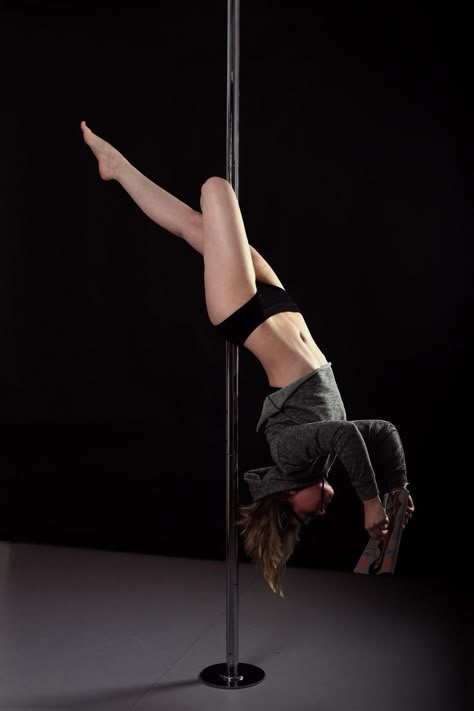 And not all griping is by hand. Pole bruises usually happen during the moves that you use your other parts of your body to grip the pole such as; the side of your legs or your arms.
And not all griping is by hand. Pole bruises usually happen during the moves that you use your other parts of your body to grip the pole such as; the side of your legs or your arms.
There are ways to reduce or even prevent pole bruises. Most pole bruises happens when the beginner pole dancer gives extra pressure to the grip than needed. As a result, this leads to pinching and over squeezing your skin which leads to bruises. Grip Aids can be rather helpful in this matter as they provide you a more firm grip which reduces the chances of you over pressing the grip and cause a bruise. Read to learn How To Prevent And Heal Calluses From Pole Dancing.
8. Document Your ProgressBy documenting your pole progress you can speed up learning and narrow down your targeted moves.
Celebrate every win and document your progress regularly. Taking videos and photos helps to see how far you have progressed and gives you a chance to see your own lines and movements as an observer.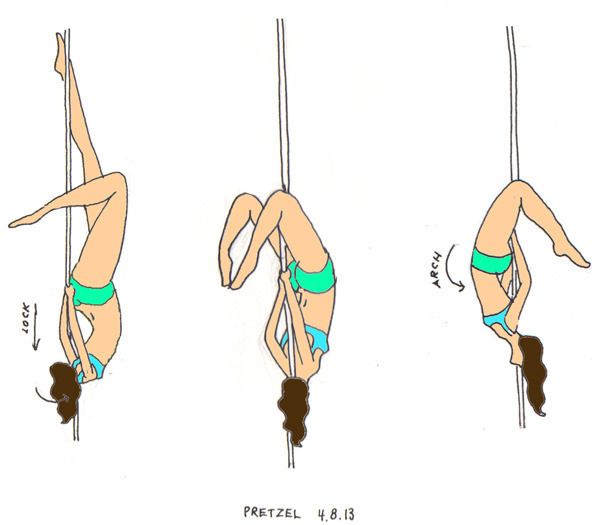 Sharing your progress on Social Media and engaging with the community really helps to keep the motivation going. You can learn from others as well as get inspired.
Sharing your progress on Social Media and engaging with the community really helps to keep the motivation going. You can learn from others as well as get inspired.
My personal advise is to make a private Instagram account as your own personal pole dance for beginner tips. And keep a record of your moves and development. This way you will save up the storage space on your phone.
9. Get Ready To SpinPole dizziness is temporary and slows down as you improve.
There are plenty of pole dancers who experience dizziness when dancing on a spin pole. There are certain ways, styles and practices to reduce dizziness. Getting to know tips and ways to reduce dizziness can help you enjoy spin pole and progress more. In my experience, regular practice and embracing the spin gradually can help you normalize and get used to it. If it is still a struggle, just slow down and apply less momentum to reduce the spin speed.
10. Pole Buddies Has Never Been Dearer
Pole Buddies Has Never Been Dearer It is proven you improve faster when you are part of a team.
There are plenty of pole communities and groups out there. It is great to join as many as you can as a beginner. Give yourself the chance to get to know them all and share your journey too. Pole communities tend to be very supportive and welcoming. We also highly encourage you to make friends with other pole dancers because this way you can help and spot each other.
ConclusionIts always good to join a Pole Community and follow a good pole dance blog to know updates about the sport. Pole Fitness Dancing blog and website has been ranked #8 among Top 60 Pole Dance Blogs and Websites. Click Here to know more
Pole dancing or pole fitness can be challenging but we can assure you, your pole journey will be absolutely rewarding and therapeutic.
Our Top 5 Pole Dance Tutorial Youtube Channels – Covet Polewear
Posted on
- Blog
- Covet Polewear
Here at Covet Polewear, we are with you feeling those major pole class withdrawals.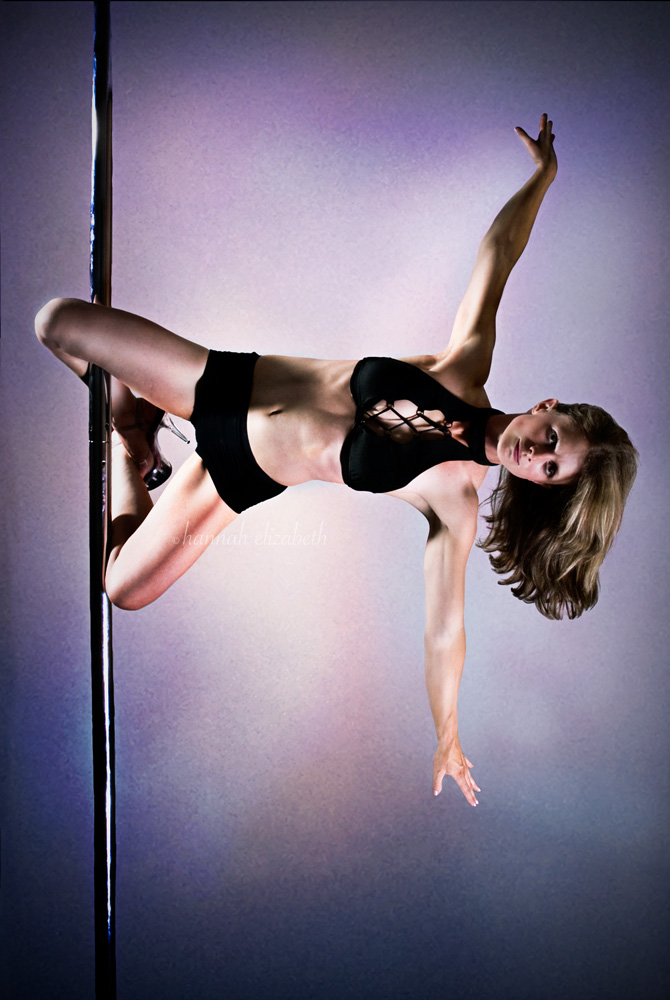
Instead of suffering alone, why not check out some of these amazing pole tutorial channels. We have collected our top 5 pole teacher channels, full of amazing free tutorials, tips, tricks and conditioning exercises.
1. Elizabeth Blanchard
Elizabeths channel features an awesome source of mixed level tricks and tutorials. Not only are her explanations incredibly in depth but you can find videos suited to your level using her easy to navigate playlists. Find her on Instagram here at @elizabeth_bfit
2. Sandra Beeston
Based on the Gold Coast, Australia, Sandra channel features some awesome pole trick and floorwork tutorials, as well as some excellent polewear and accessory reviews. Find her on Instagram @sandra.beeston
3. The Pole Dancer
The Pole Dancer
Miglena from the Pole Dancer, has an amazing selection of videos focusing on smooth elegant movement and lyrical flow. Her choreography videos and combos serve as an endless supply of inspiration. @miglena_thepoledancer
4. Lara Joh
Perfect for our exotic lovers missing their dance classes. Lara Joh's channel specialises in all things heels and Floorwork. Pick up some sexy floorwork basics and choreo on her channel. @lara.joh
5. Pole Freaks
If you haven't heard of Holly from Pole freaks, its about time you head over to her channel. Her channel features a bunch of tips and tricks for all levels, as well as heaps of content on nailing those essential moves. @polefreaks
@polefreaks
How to get started in pole dance
Irina Malchukova
opened a pole dance studio
Author profile
I taught pole dance for six years, five of which I ran my own pole dance studio.
To do this, I completed two special courses and participated in several master classes, my productions won prizes in regional competitions more than once.
I'll tell you how to start practicing for a beginner, what to buy, why half-dance can replace fitness and how to choose the right pole dancing studio.
What is pole dance
Pole dance is a pole dance that combines elements of choreography, gymnastics and acrobatics. In fact, this is a general concept. Now there are several directions that differ from each other: Exotic Pole Dance, Pole Art and Pole Sport. I will tell about them further.
I will tell about them further.
Pylon, or pole, a polished metal tube for grasping with hands and clutching with legs or other parts of the body. Its diameter can be 40, 42 and 44 mm.
/motivation-sports/
Work out with a trainer and try different activities: 7 tips to love the sport
Usually made of stainless steel, this ensures a smooth glide and at the same time a good grip on the skin. Pole dancers don't like it when a pole is called a pole.
There are static poles - about tricks that are performed on such a pole, they say "in static", and also rotating ones - dancers say "in dynamics". In what follows, I will use these concepts.
Most often, poles in professional studios have two modes at once. Due to simple manipulation, "dynamics" turns into "statics". In competition, dancers must be able to do tricks on both static and rotating pylons.
These are poles, or pylons - such were in my studio. I twisted the pylon from dynamics to static with the help of a key. Photographer: Vyacheslav Ruchkin
Photographer: Vyacheslav Ruchkin Pylons are fixed in different ways:
- Widespread between floor and ceiling.
- With one fixed fixing to the floor or ceiling only.
- Two fixed fasteners at once. This option is the most reliable.
One fixed mount in studios is also acceptable. If the pole is installed only at a distance in a dance school, I do not recommend doing complex tricks there or spinning strongly.
There are also portable pylons - these are structures that can be transported with you or quickly assembled on site. Usually they are used for performances, since it is not safe for students to study on them in a constant stream.
Pylon supports that are fixed to the floor and ceiling. Source: Pilonexpert Portable pylon. Source: thepole.euelements are called tricks that are done on a pole. There are several levels of the pylon where they are performed:
- Upper - acrobatic stunts are performed here at a height of more than two meters above the floor.

- Medium - perform rotations, plastic or dynamic elements at a height of 1-1.5 meters above the floor.
- The lower one is the stalls. Usually this is plastic or acrobatics, which is performed both with and without a pylon.
In 2021, pole sport was officially recognized in Russia. This means that the Ministry of Sports of the Russian Federation will coordinate all the rules by which half-dance competitions are held, there will be sports categories for participants, judges will have to undergo certification, and half-dance federations will have to be accredited.
Order of the Ministry of Sports of the Russian Federation, in which half-dance was included in the register of sports
Dance schools offer half-dance classes not as a sports discipline, but as exercises for stretching, working out the muscles of the legs and arms.
| These are elements on the pylon, or tricks |
Half-dance directions
Pole Sport or Fitness In this direction, most of the time is devoted to trick and power elements on the pylon. There are about 70% of tricks in the performance, and 30% of the choreographic or parterre part. To simplify, half-sport is similar to gymnastics.
There are about 70% of tricks in the performance, and 30% of the choreographic or parterre part. To simplify, half-sport is similar to gymnastics.
Competitions are often held in this direction. Mandatory elements are defined for them - those that a dancer must be able to do and show at the competition. Each element is evaluated by points: they look at the purity of execution, clarity of lines, and other criteria. Sometimes there are restrictions on touching the floor during a performance.
Pole-sport is most similar to artistic gymnasticsPole dance directions
Exotic Pole Dance This is a dance direction where the emphasis is on choreography, plasticity and musicality. Exotic is danced in special shoes - strips, they have a high platform and heels. This is the most feminine direction. If compared with others, we can say that exotic is strip plastic with a pylon, where there is a trick part.
Important: in exotic pol-dance one does not completely undress. You can take off some item of clothing in the room - gloves, a neckerchief, ears from your head. But it is forbidden to expose the genitals or breasts.
This is what special shoes for exotics look like - strips. Photographer: Sergey PatrushevExotic pole dance is also divided into several types.
Exotic Flow features smooth and slow movements. The ratio of tricks and choreography is about 20/80. It does not require complex elements, but acrobatic stunts are more like dance accents. The main thing in this type of dance is the choreography at the pylon and the parterre technique at the very bottom.
Smooth slow dancing exotic flowExotic Hard - more energetic and sharp dance. The ratio of trick and choreographic parts is 70/30.
The main thing here is the ability to perform acrobatic elements on the pole in strips. The image and idea of the dance are also important.
The image and idea of the dance are also important.
Old School is the most sensual and feminine direction. The ratio of tricks and choreography is 40/60.
Particular attention is paid to musicality, dance elements, and tricks are chosen as smooth as possible.
Sensual old school directionPole dance direction
Pole ArtThis is a harmonious combination of power elements and choreography, that is, 50% dances, 50% tricks. Artistry and presentation are important here. For example, sometimes they dance a modern stage dance, only with a pylon. At pol-art competitions, revealing and defiant clothing, sexual movements are prohibited.
The main difference between half-art and exotic is that it is not a seductive dance that shows sensuality and femininity.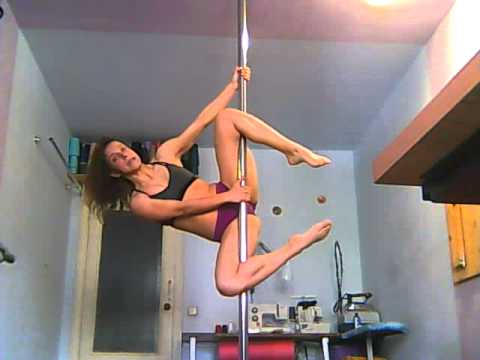 Half-art is danced not in strips, but barefoot or in special shoes, the clothes are strict, not sexy, there are no playful movements or coquetry with the audience. If in exotic the task is to seduce the viewer, then in half-art it is to tell a story, show the emotions and experiences of the hero.
Half-art is danced not in strips, but barefoot or in special shoes, the clothes are strict, not sexy, there are no playful movements or coquetry with the audience. If in exotic the task is to seduce the viewer, then in half-art it is to tell a story, show the emotions and experiences of the hero.
All directions of half-dance are intertwined with each other. It will not be possible to dance exotic or art without tricks, so the basic elements of half-sport will have to be mastered. At the same time, staging a half-sport number will not do without choreography.
I recommend combining two directions: trick part and dance part.
Pole art is reminiscent of stage dancingHow pole dance can be useful
Half dance seems to be easy because the dancers' movements are light. In fact, you need endurance, flexibility, coordination.
Calorie consumption calculator for half-dance classes
One session actually replaces a circuit training, where exercises for different muscle groups are repeated several times - the same number of calories can be spent.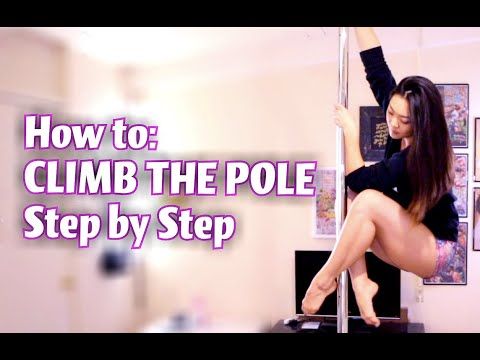
In addition, pole exercises train the skill of controlling the whole body. You need to be able to keep yourself on your hands, on your feet, to maintain balance in static. Different muscles work, over time the body becomes toned. Due to twists on a rotating pylon, the vestibular apparatus is trained.
Abs and back. Many tricks must be done statically. For example, handstands. In this case, all the stabilizing muscles are involved, the press and back work, the ligaments are strengthened, strong core muscles are formed.
/list/sports-myths/
“We need to close the carbohydrate window” and 9 more common myths about sports and health
Upper body. Use your hands to climb the pylon and hold your own weight. Shoulders, biceps and triceps, pectoralis major and other chest muscles, upper back work.
Lower body also works. For example, there are hangings on the legs - if you do not strain your leg muscles, you can fall off the pylon.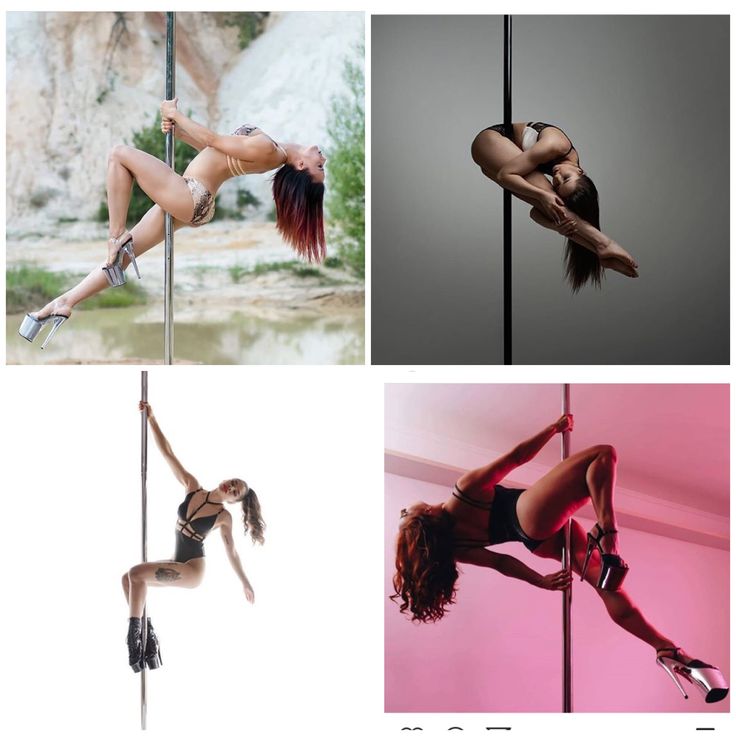 Body weight must be maintained with the help of the muscles of the thigh and calves, gluteal muscles. Some entry-level twists work the upper thighs, glutes, and lower back at the same time.
Body weight must be maintained with the help of the muscles of the thigh and calves, gluteal muscles. Some entry-level twists work the upper thighs, glutes, and lower back at the same time.
Stretch - there are beautiful elements that require stretching the legs and a flexible back. I recommend attending stretching classes separately. If this is not possible, performing tricks on the pylon will eventually develop plasticity anyway.
In addition, tricks must be constantly practiced - this requires stamina.
I will also note: many people gain self-confidence, because each mastered trick is a small victory.
Who suits half-dance
The most difficult thing is to decide to come to the first lesson. Popular newbie fears:
- I can't do it;
- everyone already knows how, but I don't know anything;
- I don't have enough strength, I won't lift myself onto the pylon;
- I don't have the ear to dance;
- I am overweight;
- everyone has splits, but I don't have a stretch.
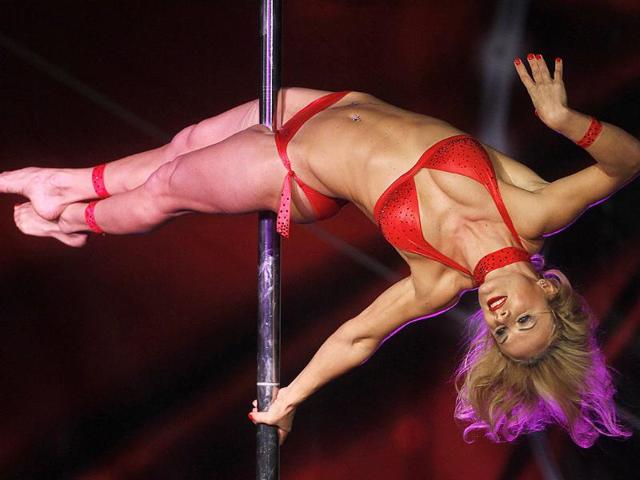
In fact, everything is not so difficult. You can start from scratch without any preparation.
/fitness/
How to save money on sports
Even if a person was a professional athlete or dancer, he too may fail at the first training session. And this is absolutely normal, because pole exercises are a special load: the work of the whole body, coordination, grip due to the skin.
Usually students are divided into groups of beginners and those who have been studying for a long time. This is done for convenience: everyone works out the same tricks, can see each other's mistakes or direct a neighbor on the pylon in the right direction. Beginners can safely join groups of beginners: they are not far behind in the program and will quickly catch up with their level.
I note that the pole is an amazing thing: at the very first training, a person understands whether it is him or not. In six years, I have never met a person who quit half-dance after three, five, ten classes. Usually a student lights up and stays for a long time, or realizes that he is interested in another sport, and is no longer interested in half-dance.
Usually a student lights up and stays for a long time, or realizes that he is interested in another sport, and is no longer interested in half-dance.
Development is gradual. First you start to hold on to the pylon, then you know how to spin and climb it correctly, and then a whole world of tricks and combinations opens up. I want to do and try everything, capture it in a photo or show it in a dance number. I would say that the excitement turns on: can I do it. It moves forward, so classes are rarely abandoned.
But half-dance is hard. You have to work on yourself, laziness, fears and pain. Sometimes you have to work out the same element twenty, thirty, forty times - this can get boring and exhausting. You really need to catch fire and be hardy - without this, nothing will work. Sometimes you have to wait a long time for results - both in tricks and in terms of physical form.
Dance studios often hold open lessons or give the first lesson for free. It is better to use this opportunity to try half-dance and understand whether you like it or not.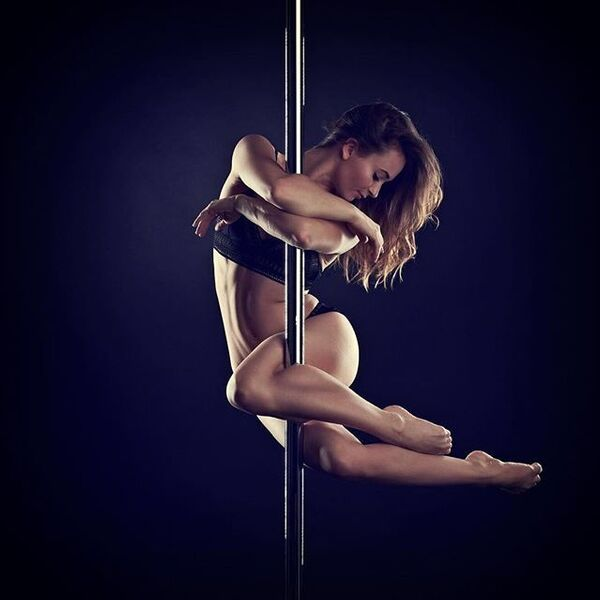
How is the half-dance class
Warm-up. At the beginning of each lesson, regardless of direction, 10-15 minutes - warm-up from head to toe.
If the student is late, he warms up on his own or is not allowed to the lesson. Without warming up the muscles, you can get injured - this part of the workout is mandatory. In semi-sports, attention is paid to the joints, and in exotics, they can include light basic dance elements: various waves, hip and chest rotations.
Main part. After the warm-up, the main part comes: in exotic or art, they learn the movements and the connections between them or repeat what they learned earlier. As a rule, it takes from three to six lessons to practice the dance, and from two to four, depending on the complexity, to practice the dance.
/stretching/
How I Became a Stretching Instructor
In a semi-sport, the lesson is different: the trainer explains and shows the trick that needs to be mastered and done.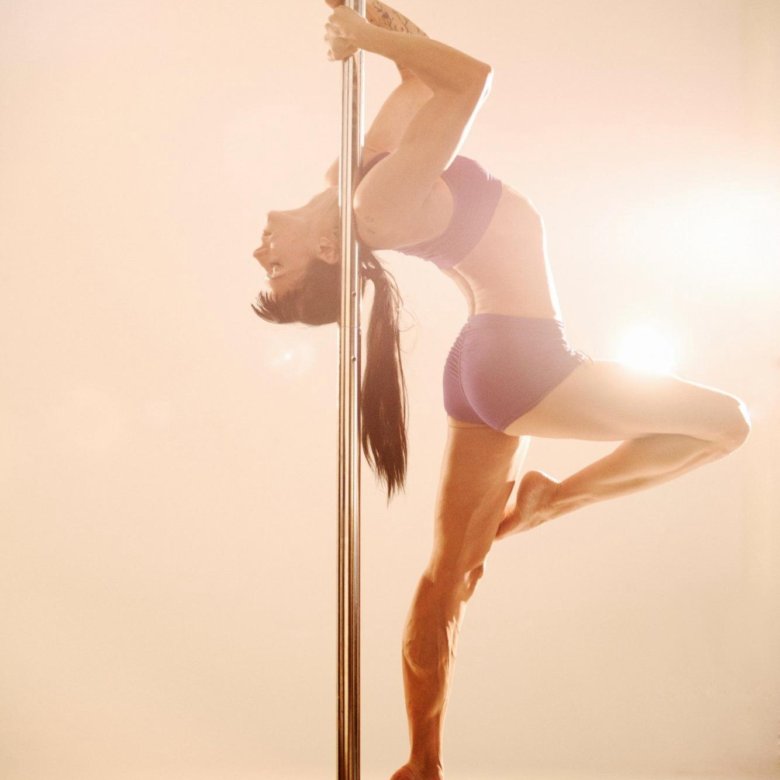 Up to two people can practice on one pylon. If more, the students are already uncomfortable: they will not have time to fix the element.
Up to two people can practice on one pylon. If more, the students are already uncomfortable: they will not have time to fix the element.
Periodically repeat old tricks or spins. This shows progress well: you can compare how the element was done before and how it is done now. If the student already knows several tricks, the coach comes up with combinations - when you go from one element to another.
Learning goes from simple to complex. For example, at first there will be simple elements like a “barrel” - they are needed so that the student gets used to the grip with his hands and steps over the fear that he will fall from the pole.
At the first lesson, it seems that you are not holding on and constantly slipping, this is normal. Then the hands get used to it, stop sweating, there is strength in the muscles and self-confidence.
For half-sports, there is an example program for students to learn tricks. Of course, everyone goes at their own pace, but after a month or two you need to be able to do the simplest grips, for example, hanging on the far and near leg, on the elbows.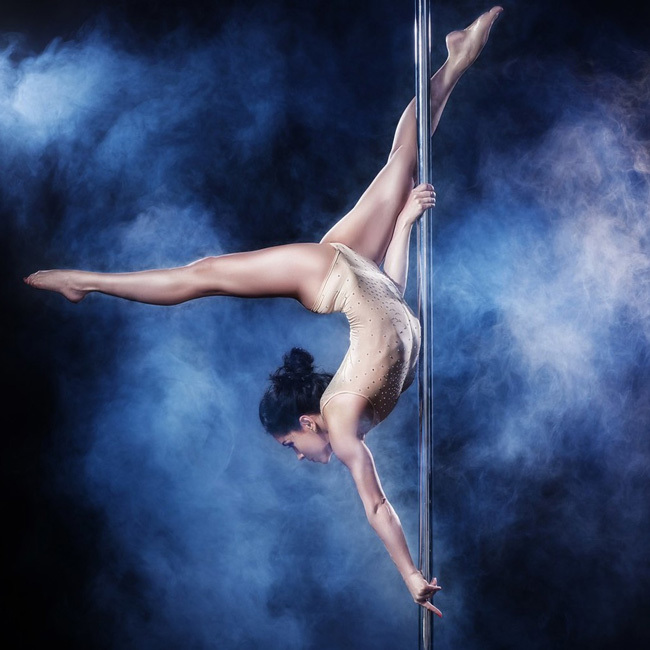
Every studio must have safety mats: you learn to perform complex tricks only with them. But beginners are also offered to take a mat so as not to get injured.
There is always alcohol or vodka and a rag in the studio - this is necessary to degrease the pylons, otherwise there will be no adhesion. Students can also use talcum powder or powder that dries their hands or feet so that they do not slip on the pole and do not roll off it. There are also other means for this, such as magnesia.
I don't recommend using talcum powder or anything else, otherwise your hands and feet won't get used to the grip - it's better to learn how to hold on right away without traction aids. Moreover, it is forbidden to use them at half-dance competitions.
Cooldown may vary between dance studios. Usually, after the dance part of the exotic, there is a slight stretch, and in half-dance they finish off the muscles: they pump the press, sometimes with a pylon, do push-ups, stand in the plank.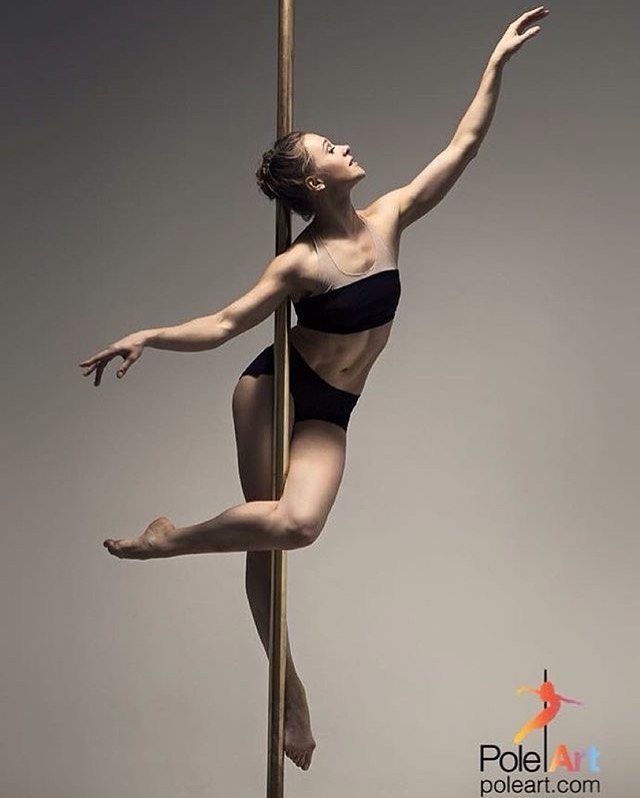
How are performances and pole dance competitions
Reporting concerts. Each studio holds reporting concerts, in which everyone can participate. Coaches prepare group numbers - not only dance, but also stunts, as well as solo performances when a person performs alone.
As a rule, they start preparing for the reporter in advance - several months in advance. Sometimes concerts are held not in the studio, but in a cafe, restaurant, or even in the Palace of Culture. These are bright events in the life of students - their relatives and friends come to support them, and the dancers receive applause and a sense of the stage.
Reporting concert of my former studio. Photographer: Sergey PatrushevCompetitions. They are held in all directions of half-dance.
In half-sport, you need to show combinations of tricks that are included in the mandatory program. They must be performed on two pylons: static and rotating. There must be a dance part, but it rather fills in the gaps between the tricks.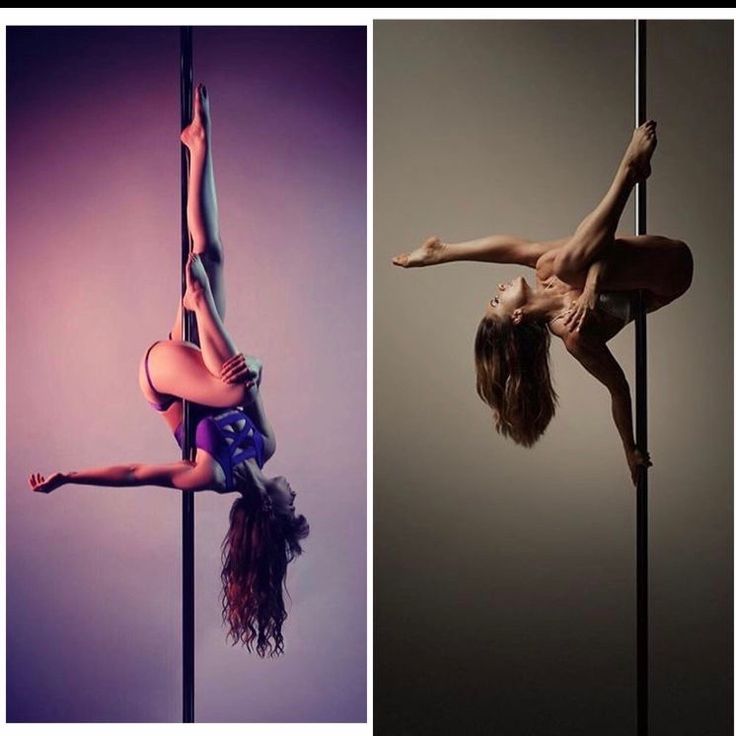
Participants usually qualify for local city competitions or video selection. Competitions are easy to find: you can simply google or search for groups of competitions in social networks. The coaches themselves also follow the latest information and invite students to participate. Anyone can apply for the competition.
/spravka-dlya-sorevnovaniy/
How to apply for a certificate for participation in competitions
There are several categories: beginners, intermediate level, pros, children, duets, group performances. Well-known coaches and dancers are invited to the jury. All participants receive certificates or diplomas for participation, and the winners receive medals and prizes.
In exotic there is no obligatory condition to dance with two poles, the dancer can choose the pole mode independently. But you can only perform in strips - the jury evaluates how well the dancer knows how to use shoes. There are also categories here, and sometimes participants are divided into areas: old school, flow and hard.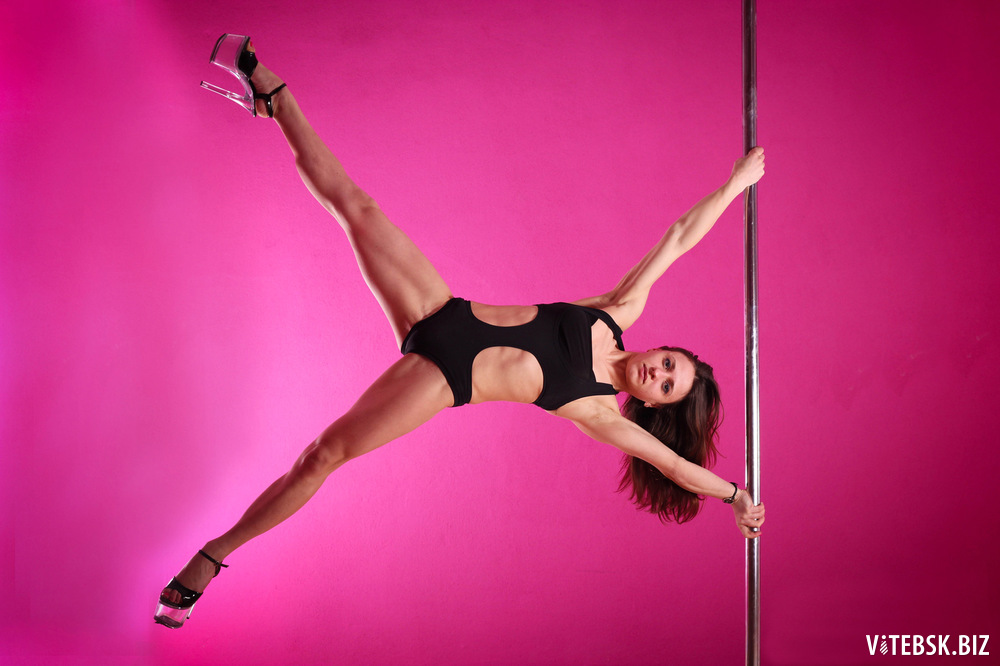
As part of the competition, invited jury members often give master classes and hold demonstration performances.
Preparation for the competition takes at least three months. With pole-sports, the most difficult thing is to wait until the pole-dance organization hosting the competition releases a list of required elements, and then choose the required number of them. Each element is worth a certain point. Therefore, the dancer collects the maximum number of points from the elements that he can do.
In addition, you must perform all the tricks according to the requirements: hold out for a specific number of seconds, enter and exit the element correctly, observe lines or angles. If the participant fell, did not get the trick right the first time, slightly slipped from the desired position along the pylon, or did not hold out for the required number of seconds, he receives a penalty.
The jury also evaluates the choreography, artistry, image, presentation. For example, you can’t sing along during a performance or look at the floor. If something went wrong and the participant left the stage during the performance, his candidacy is removed.
For example, you can’t sing along during a performance or look at the floor. If something went wrong and the participant left the stage during the performance, his candidacy is removed.
Competitors in semi-sports have strict appearance requirements: a swimsuit or shorts must be of a specific length, hair must be tied up, make-up is not bright. If a participant has underwear visible, he receives a fine for this.
Such stringent requirements are due to the fact that half-sport federations have been fighting for a long time to be included in the list of Olympic sports - and in 2021 it happened.
Exotic competition rules are not so strict, preparation for them is easier. But even here there are requirements: to do a certain number of tricks in conjunction, to follow the rhythm of the music, to include choreography and acrobatics in the stalls.
What you need for pole dance
Patience. The main thing is the desire and understanding that everything will not work out right away.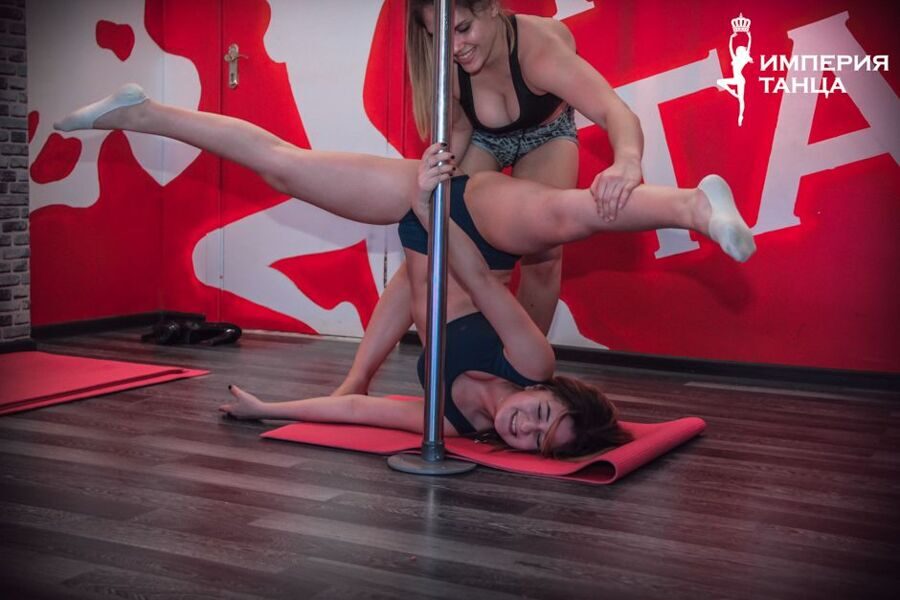 Any coach also once slid down from a pole, could not climb a pylon and was afraid to hang on one leg upside down.
Any coach also once slid down from a pole, could not climb a pylon and was afraid to hang on one leg upside down.
Clothing. For training, you need to take short shorts, a top or T-shirt, socks for warm-up and cool-down. Tricks in semi-sports are performed barefoot, and in exotics - in special shoes.
/sportstat/
What sports do Russians do
The more revealing the clothes, the better: you need a good grip on the pole, which comes at the expense of the skin.
Shoes. Exotic needs shoes - strips. It is not necessary to buy them right away, but you need to bring at least high heels with you. Sometimes in studios they are not allowed to dance in ordinary sandals, as they scratch the parquet. Or they ask you to seal the heel with adhesive tape - this can be found out in advance when signing up for classes.
Strips vary in height: from one, which has a heel height of 15 cm, platforms - 5 cm, to five, which has a heel height of 25 cm, platforms - 15 cm.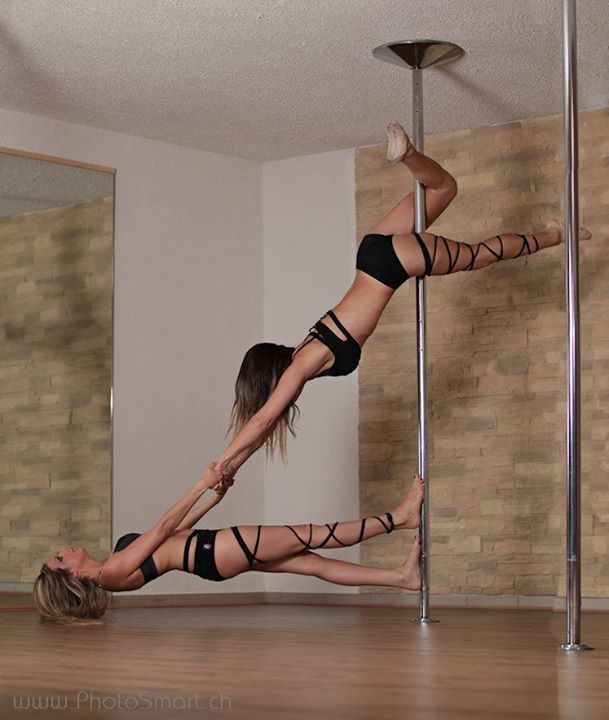 There are sandals, boots and even over the knee boots.
There are sandals, boots and even over the knee boots.
Beginners should start with ones. In the classes, you will not only have to learn how to stand and move on them, but also work out the elements on the bevels, that is, on the tips of the platform.
Knee pads. They are needed for exotic. There are many elements that must be performed while kneeling at the pylon. There are also tricks with jumping on your knees - here knee pads help soften the blows.
Bruise remedies. It is better to take care of possible bruises in advance - they can be in the most unexpected places. But this is temporary - as a rule, after two or three months, bruising is no longer a concern. Even at first, calluses may appear on the hands due to practicing the grip. Later, the skin will get used to it, and this problem will go away.
For accelerated healing of bruises, you can use ointments with heparin, and for the treatment of corns - a moisturizer and cream with urea in the composition.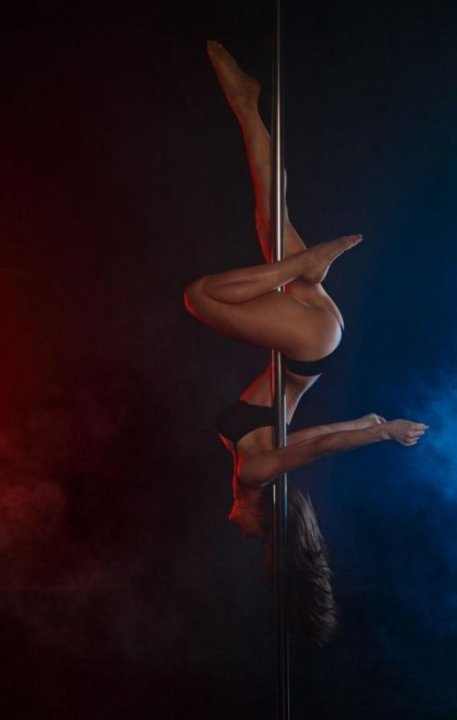
Who shouldn't practice half-dance
People with severe chronic diseases, in particular, diseases of the heart, lungs, nervous system, kidneys, diabetes mellitus, should not practice half-dance. That is, for those for whom any intense physical activity and leg injuries can be dangerous.
When to consult a doctor before exercising - Mayo Clinic
In addition, classes may be contraindicated for people who have diseases of the spine and joints when they should not be overloaded, or severe skin diseases that may interfere with pole training or be aggravated by friction.
This sport is also not suitable for pregnant women, as during the performance of tricks you can fall or hit your stomach.
/sport-pregnancy/
How to stay fit and healthy during pregnancy
In other situations, everything is decided individually.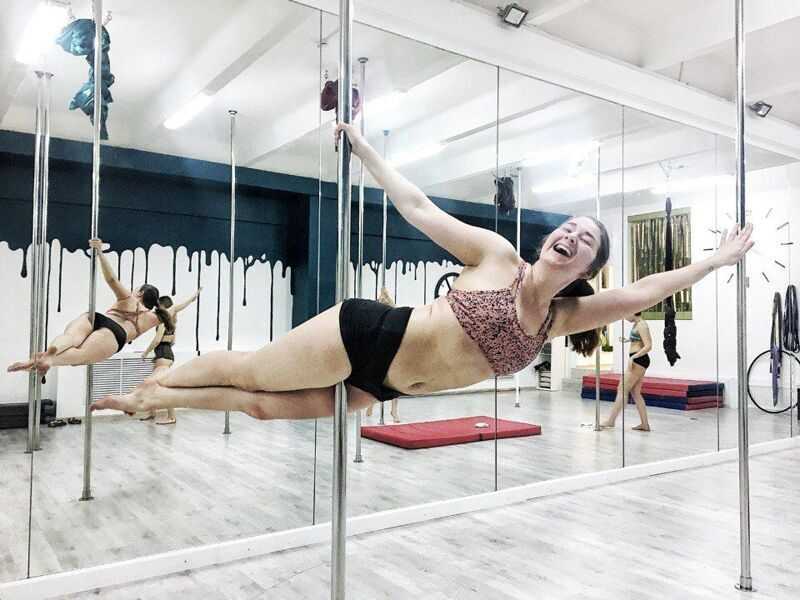 I have low blood pressure and problems with the vestibular apparatus, but I have been doing pole sports for six years. In any case, you first need to consult a doctor, explain what the loads will be, so that he gives permission for classes. Usually, studios do not require a doctor's certificate, but I recommend that you insure yourself and take care of your health on your own.
I have low blood pressure and problems with the vestibular apparatus, but I have been doing pole sports for six years. In any case, you first need to consult a doctor, explain what the loads will be, so that he gives permission for classes. Usually, studios do not require a doctor's certificate, but I recommend that you insure yourself and take care of your health on your own.
Safety precautions for half-dance classes
Half-dance classes are classified as traumatic, so safety precautions must be observed. Each studio introduces the student to the signature requirements.
Leather. On the day of class, you can not use cream, lotion or body oil, go to the solarium or sunbathe - in this case, suntan creams or sunscreens are also applied. Any substances on the skin impair grip on the pole and increase the risk of slipping off the pole.
5 frequent injuries during solo sports
Jewelry. They must be left at home - they will interfere.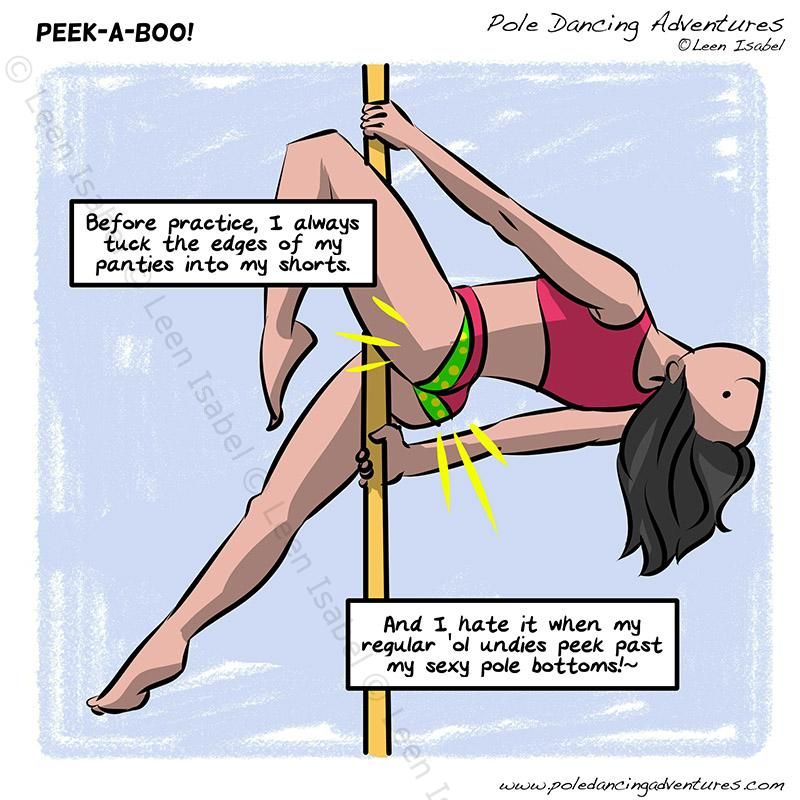 For safety reasons, the coach must ask to remove all rings, earrings, beads, chains, bracelets, sharp hairpins and piercings.
For safety reasons, the coach must ask to remove all rings, earrings, beads, chains, bracelets, sharp hairpins and piercings.
Hairstyle. For semi-sports, it is better to collect hair, as it will interfere, and can also get tangled behind the pole.
For example, at one performance, my student's hair got caught in the bottom of the pole. Since she was twisting upside down, her hair was wound and caught. She was not injured, but she had to hang upside down while we pulled her hair out.
But on exotics, hair is usually left loose, because it is used for dancing: they twist or wave their heads, playfully throw their hair back with their hands.
Food. The last meal should be approximately two hours before training. Otherwise, twists on the pylon can make you feel sick.
Behavior in class. You can start training only after a warm-up, perform elements on mats and with a coach's insurance. You can’t jump off the pylon, if it’s not provided for by the trick, it’s unacceptable to relax the holding muscles - you can slide off the pylon, dropping onto your shoulders or forearms.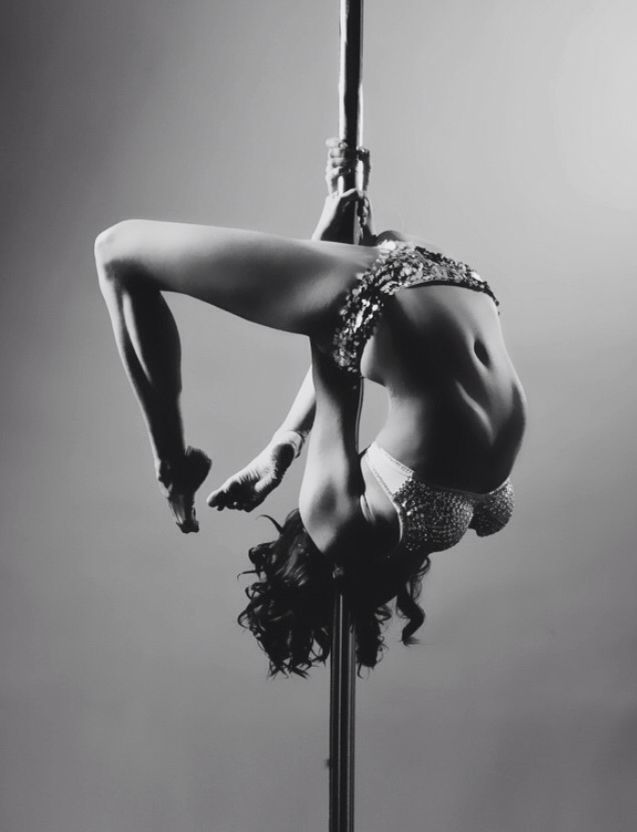
When performing tricks, it is important to keep a distance between yourself and other participants. In exotic classes, you need to work out the trick first with bare feet, and only then in strips.
What kind of injuries can you get during half-dance lessons?
Half-dance lessons require attention and concentration. There were cases when the dancers spun strongly, flew off the pylon and got a fracture. Sometimes equipment failed: it was not installed securely enough or poorly secured.
The most common and minor injuries that you can get in class are bruises or abrasions from hooks and hangs. At the beginning of training, until the skin is used to it, they will occur much more often. I have sensitive skin, so even after a few years, bruising periodically appeared.
/list/sports-health/
12 important questions for sports doctor Artem Ryzhenko
There is a high load on the joints and ligaments during the classes.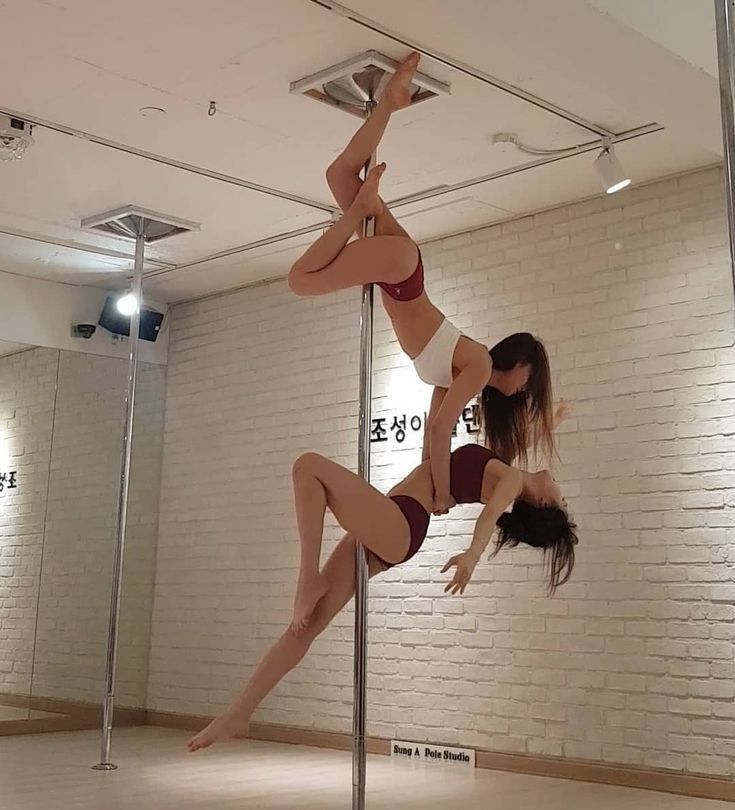 For example, when performing some elements, the arms should be straight - in fact, the emphasis is on the wrist. If this causes discomfort, wristbands or elastic bandages can be used.
For example, when performing some elements, the arms should be straight - in fact, the emphasis is on the wrist. If this causes discomfort, wristbands or elastic bandages can be used.
Six years later, I had a problem with the wrist of my left supporting hand - I always focused on it for racks and other elements.
It is very important to control your feelings: there should be no pain. If something hurts after completing the element, you need to rest. If the situation persists, you should consult a doctor.
And if a sprain or other minor injury occurs during the session, the training must be temporarily stopped. Until the body recovers, loading on the pylon is prohibited.
To avoid a fracture, it is important to follow safety precautions. The main thing is to never do tricks without mats and not let go of your arms and legs if the clutch has not happened. When it is clear that you are not holding on to the pole upside down, you need to tilt your head to your chest and slide down the pole to the floor on your shoulders.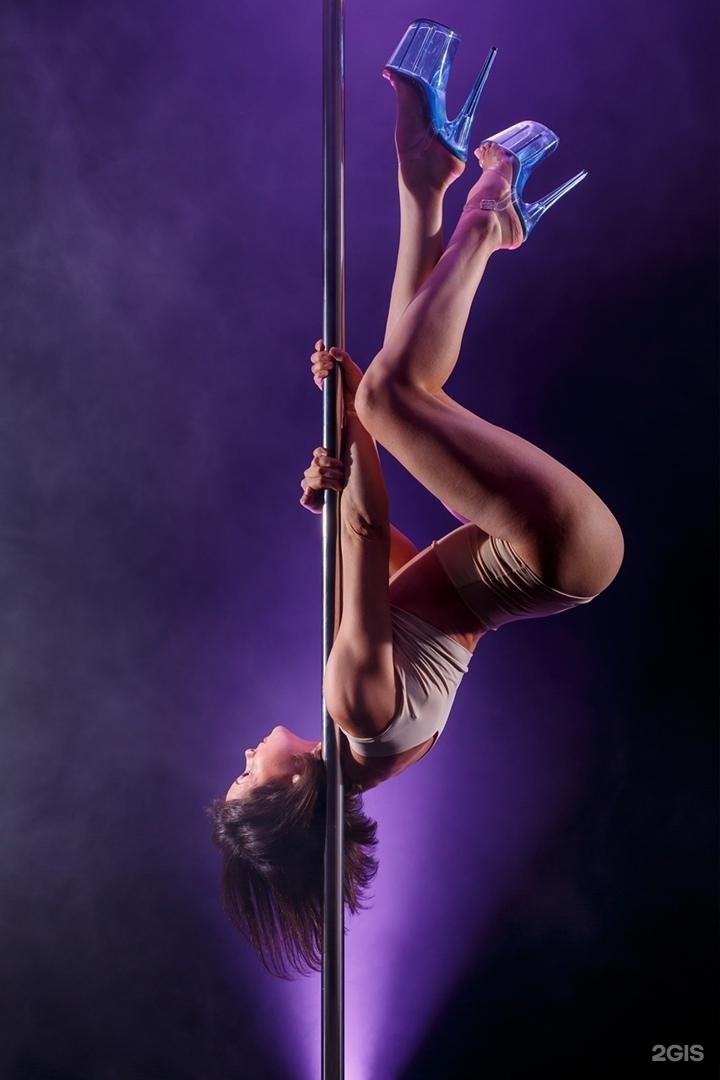 You should never tilt your head back to your back, so as not to fall in this position and injure your neck.
You should never tilt your head back to your back, so as not to fall in this position and injure your neck.
How to choose a pole dance school and coach
Equipment. It is necessary to check if there are mats and ask how the poles are fixed, what company the pylons are installed. The highest quality ones are from Pole4You. Your health and life depend on it.
Teacher training. It is important whether the studio coaches have certificates confirming the right to teach half-dance. Otherwise, they may not properly apply the load, causing injury.
/list/dance-schools/
From waltz to bachata: where they will learn to dance in Moscow
It is necessary that the coach learn the methods of teaching half-dance, go through theory and practice, pass tests and exams. Training cannot be less than 96 hours, because otherwise you cannot master the program.
Certificates are issued by half-dance studios with titled teachers and extensive experience. Typically, such organizations belong to a pol-dance federation or represent it themselves.
Typically, such organizations belong to a pol-dance federation or represent it themselves.
Competitions. It is important what competitions teachers and students of the studio take part in and how often: if the school is active in the outside world, then it will be more interesting to study there.
Number of students per pylon. There should not be too many students in groups - a maximum of two people per pylon. Otherwise, there will be no time to practice tricks.
First conversation with the trainer. The teacher needs to know about the physical condition, diseases and contraindications. You must be told what you can and cannot do in class, and you must sign an agreement with the safety rules.
Communication with the trainer. It depends on him what mood the student is in, how he progresses, what results he achieves. You should be comfortable with the coach. If this is not the case, you need to change the coach, otherwise effective training will not work.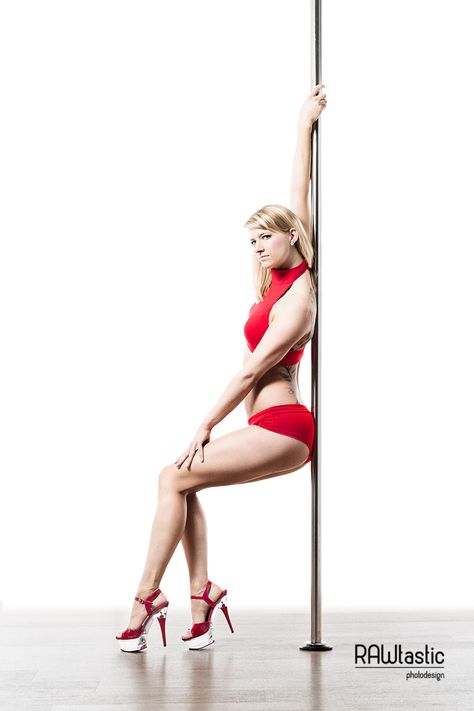
Coach qualification. He must have completed half-dance courses. It is also worth asking about experience: how many years he has been teaching, what successes his students have. It is good if in the past the coach was involved in professional sports or dancing, usually in this case the quality of teaching is higher.
It is also important how clearly the coach explains the technique of performing tricks and how he monitors safety: does he insure each student, does he require the use of a mat.
How much does it cost to do half-dance
Regular lessons. Usually dance studios offer several subscriptions to choose from: 8, 12, 16 group lessons. It makes no sense to go to training less than twice a week, that is, you need at least eight classes a month.
To practice semi-sports, you will need to spend money on a uniform and a subscription. Exotic half-dance requires a lot of money: you will also have to buy special shoes and knee pads. Then you will only need to pay for a subscription to the studio and change clothes and shoes as they wear out.
Then you will only need to pay for a subscription to the studio and change clothes and shoes as they wear out.
/list/hochu-mogu/
8 extreme hobbies that cost people a lot of money
Half-sport classes in the first month cost from 6500 R
| Subscription for 8 lessons | 2500-5000 R |
| Shape: top and shorts | 3500 R |
| Socks | 500 R |
Subscription for 8 lessons
2500-5000 Р
Form: top and shorts
3500 R
Socks
500 R
Semi-exotic classes in the first month cost from 13 000 R
| Strips | 5000 R |
| Subscription for 8 lessons | 2500-5000 R |
| Shape: top and shorts | 3500 R |
| Knee pads | 2000 R |
Strips
5000 R
Subscription for 8 lessons
2500-5000 R
Uniform: top and shorts
3500 R
Knee pads
2000 R
Participation in competition costs - 9018 For example, the participation fee starts from 1000 R.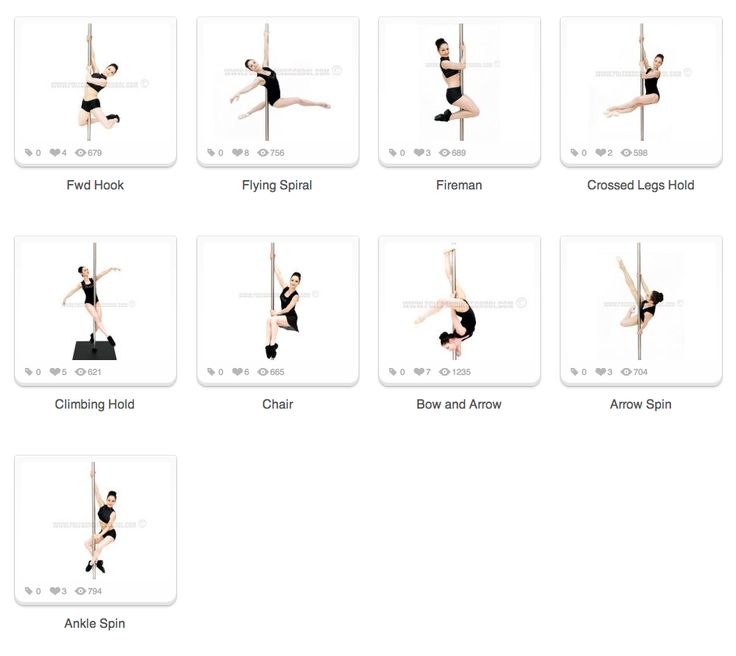 You also need to sew or buy a special suit - this is at least 3000 R. New strips for competitions are usually not bought. The dancer gets used to those in which he trains, in new ones there is a higher risk of falling.
You also need to sew or buy a special suit - this is at least 3000 R. New strips for competitions are usually not bought. The dancer gets used to those in which he trains, in new ones there is a higher risk of falling.
You also need to pay for individual lessons with a trainer to work out the number and rent the studio hall for independent training - they are needed to consolidate the result.
A personal lesson with a trainer costs an average of 1500 R, but its price can reach up to 3000 R. The number of lessons depends on the competitions themselves, the level of training, the complexity of the number. The minimum number of trainings for setting a number is four. Renting a studio for self-training will cost about 5,000 R for 10 times.
Preparation for pole dance competitions will cost about 15,000 R
| 4 personal lessons with a trainer | 6000 Р |
| Room rental for 10 self-study | 5000 R |
| Special suit | 3000 R |
| Participation fee | 1000 R |
4 Personal classes with a coach
6000 R
Renting of the hall for 10 independent classes
5000 R
Special costume
9000 3000 3000 RFund for participation
1000 R
Remember
- Pole dance is a pole dance that combines elements of choreography, gymnastics and acrobatics.
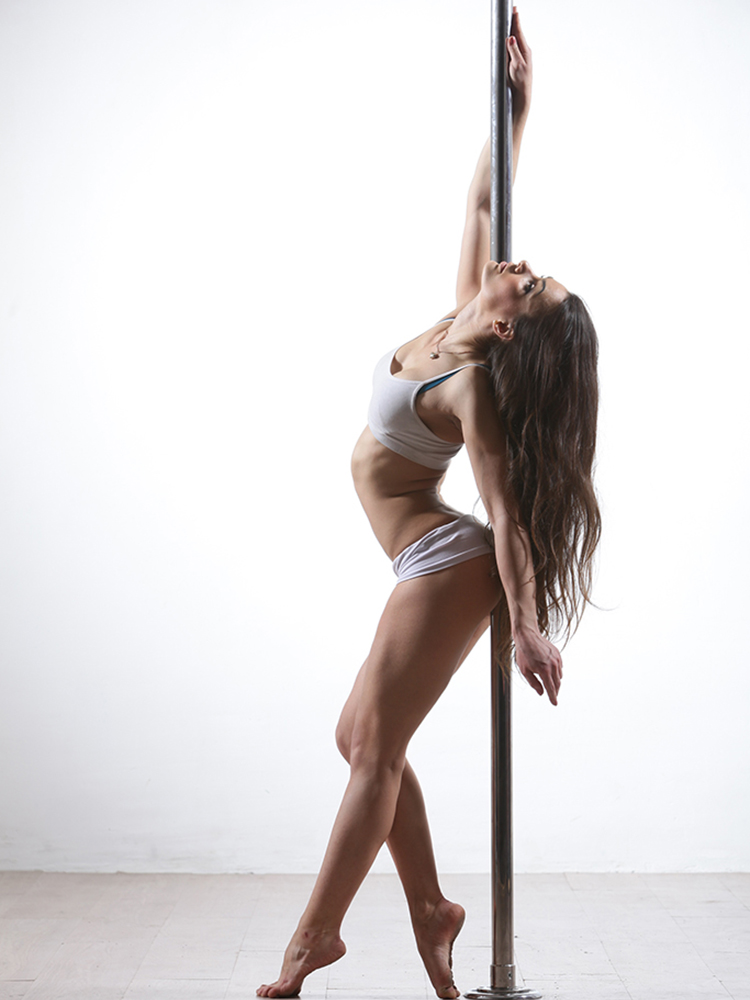
- All directions of half-dance are intertwined with each other. You can't dance without tricks or choreography.
- One session actually replaces a circuit training, where exercises for different muscle groups are repeated several times - the same number of calories can be spent. In addition, classes on the pole train the skill of controlling the whole body.
- You can practice from scratch without any preparation. Usually, students are divided into groups of beginners and those who have been studying for a long time.
- At the beginning of each workout, a mandatory warm-up, and after it - stretching or exercises without a pole.
- To start doing semi-sports, you only need a uniform, and for exotic you also need special shoes and knee pads.
- Training is contraindicated for people with severe chronic diseases and pregnant women.
- Pole dance is classified as a traumatic sport, so it is important to follow the safety precautions that you should be introduced to in the studio.
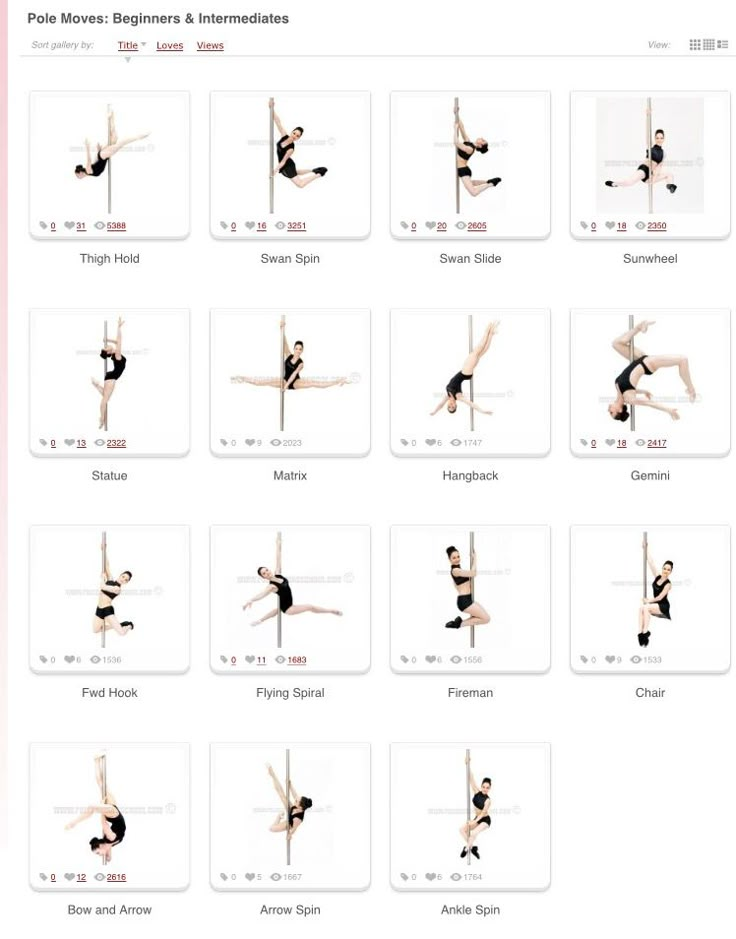
- When choosing, you should pay attention to the quality of equipment in the studio, the qualifications of the coach and comfort while communicating with him.
Health news, interviews with doctors and instructions for patients in our telegram channel. Subscribe to keep abreast of what is happening: @t_zdorov.
10 tips for beginners to know
1. What is the essence of poledance?
Poledance is a dance that combines elements of choreography, acrobatics and gymnastics. Do not confuse Poledance with the usual striptease or strip plastic, because during this sport there is a significant physical load. It's like gymnastics on the bar, only the pole is upright.
Pole dancing is especially suitable for women who often slouch. It has a good effect on muscles and joints. Therefore, by exercising regularly, you will achieve a beautiful posture and, as a result, an easy gait.
2. How does this affect my body? Why is poledance good for health?
Pole is a great exercise machine for arms, legs, back and abs. Poledance not only helps to get rid of complexes, it teaches you to move beautifully, improves stretching and endurance, and also helps to lose weight and make your figure slim. During the exercises on the pole, you lose a large number of calories, the muscles are tightened and strengthened. Active movements speed up the metabolism, thus increasing energy consumption and forming a beautiful body. This happens almost imperceptibly, because during the dance it is much more interesting to form relief muscles and beautiful skin than sweating in the gym.
Poledance not only helps to get rid of complexes, it teaches you to move beautifully, improves stretching and endurance, and also helps to lose weight and make your figure slim. During the exercises on the pole, you lose a large number of calories, the muscles are tightened and strengthened. Active movements speed up the metabolism, thus increasing energy consumption and forming a beautiful body. This happens almost imperceptibly, because during the dance it is much more interesting to form relief muscles and beautiful skin than sweating in the gym.
3. What do I need to bring to my first poledance class?
Pole dancing involves serious physical activity. Therefore, before each lesson, we warm up all the muscles of the body, joints, do stretching exercises. This requires clothing that will cover the entire body, thereby retaining more heat. Therefore, for a warm-up, we recommend using long T-shirts, T-shirts, leggings, leggings. A good warm-up, when all muscles, ligaments and joints are involved, allows you to avoid serious injuries and sprains.
In addition to warm-up clothes, you need to have a uniform for training - a short top and short shorts. The body must be in constant contact with the pole, so this is the kind of equipment that is needed. In long clothes, you will not be able to stay on the pole.
4. How are the poledance classes at your school?
All our classes start with a warm-up. First comes a set of exercises for warming up the muscles, then stretching and flexibility exercises, then for strength in the arms, back, etc. Next, we proceed directly to classes with the pylon.
Pole dancing requires a special approach. Our teachers work with students who have different physical fitness and expectations from the lessons. In our classes, we learn tricks, twists, stalls (dance on the floor, near the pole) and learn to combine all this into a beautiful, graceful, feminine and sexy dance.
In our school, you can start poledance without being physically fit. The program of our classes is designed so that you first master the basics with a gradual increase in intensity and load. You yourself will not notice how, after a few lessons, you will already be able to perform tricks that previously seemed unrealistic.
You yourself will not notice how, after a few lessons, you will already be able to perform tricks that previously seemed unrealistic.
5. How is the Polepassion school different from other similar schools in Kyiv?
The Polepassion School takes place in small groups of up to 7 people. When attending a poledance class, you can be sure that no one else will take your pole! You will dance on it 100% of the time, that is, a whole hour.
Teachers, true professionals and experts in love with their work, as well as an individual approach distinguishes our school from others of its kind. These benefits allow you to exercise effectively while developing strength, sexuality and flexibility!
We have an affordable price! You can sign up for a trial class to see if you want to continue with poledance. You will have the opportunity, for a nominal fee, to try your hand at the art of pole dancing, and then make an informed decision. Check out all the necessary information on our website, look at the photos - we are waiting for your call!
6.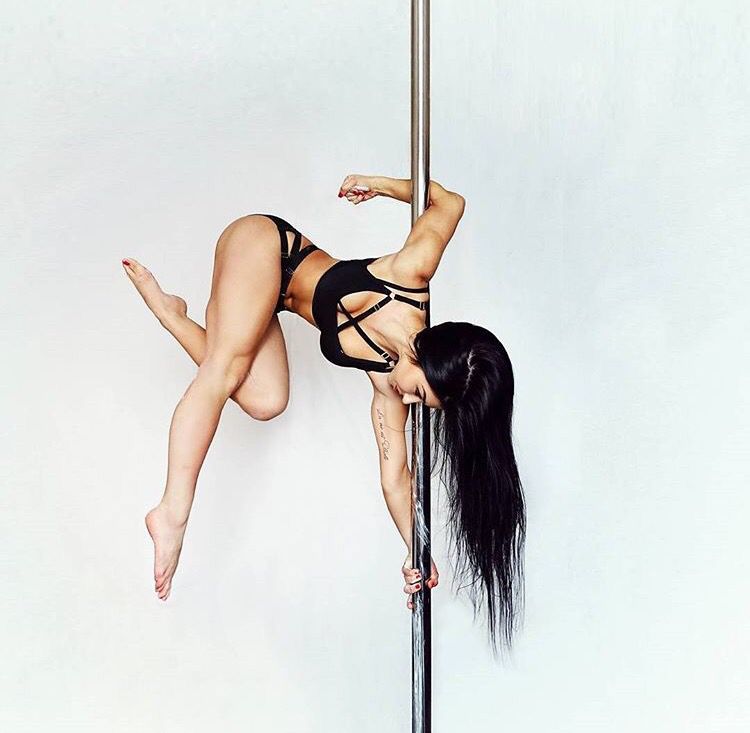 Tell us about CrossFit training - what is it and what are they for?
Tell us about CrossFit training - what is it and what are they for?
CrossFit - a word of English origin: cross - cross, combine, force; fit - in good shape, strong, healthy. There is no exact analogue of the word crossfit in Russian. CrossFit is a broad concept, it is a set of training, a fitness exercise program designed to work with all muscle groups, which brings up the strength and endurance of an athlete.
When the need arose for training suitable for any sport and people of all fitness levels, CrossFit was born. This technique includes the techniques of such sports areas as light and weightlifting, gymnastics, bodybuilding, powerlifting.
CrossFit is a complex of trainings for the work of various muscle groups (sometimes several at the same time) with high intensity. CrossFit develops not only the muscles of the athlete, but also trains the heart muscle, respiratory system and brings up the overall endurance of the body.
7. Don't you think CrossFit is too aggressive for the female body?
Many women feel that CrossFit exercises are not suitable for their fragile bodies and they will not be able to withstand training. Fortunately, these fears are unfounded. You can train, having any physical fitness, and at any age. You have the opportunity to independently select a load for yourself, based on your own feelings.
Fortunately, these fears are unfounded. You can train, having any physical fitness, and at any age. You have the opportunity to independently select a load for yourself, based on your own feelings.
How useful is CrossFit for women? A variety of exercises and the high intensity of their implementation affects the metabolic rate, so the body begins to actively burn subcutaneous fat. Interestingly, this state is maintained even after the end of classes, for several more hours. CrossFit for women is an effective way to quickly get rid of excess weight and put your body in order.
8. Are there any health restrictions, such as CrossFit? How do you follow this?
Given the high intensity of this set of exercises, of course, there is an extensive list of contraindications. Simply put, CrossFit can be done by those whose health does not cause any concern. However, below we provide a list of contraindications when it is absolutely impossible to do CrossFit:
• Diseases of the cardiovascular system;
• Pregnancy and lactation;
• Any recent trauma;
• Recent surgery;
• Pathology of the musculoskeletal system;
Do not underestimate the upcoming load and before deciding to do CrossFit, you should consult a doctor.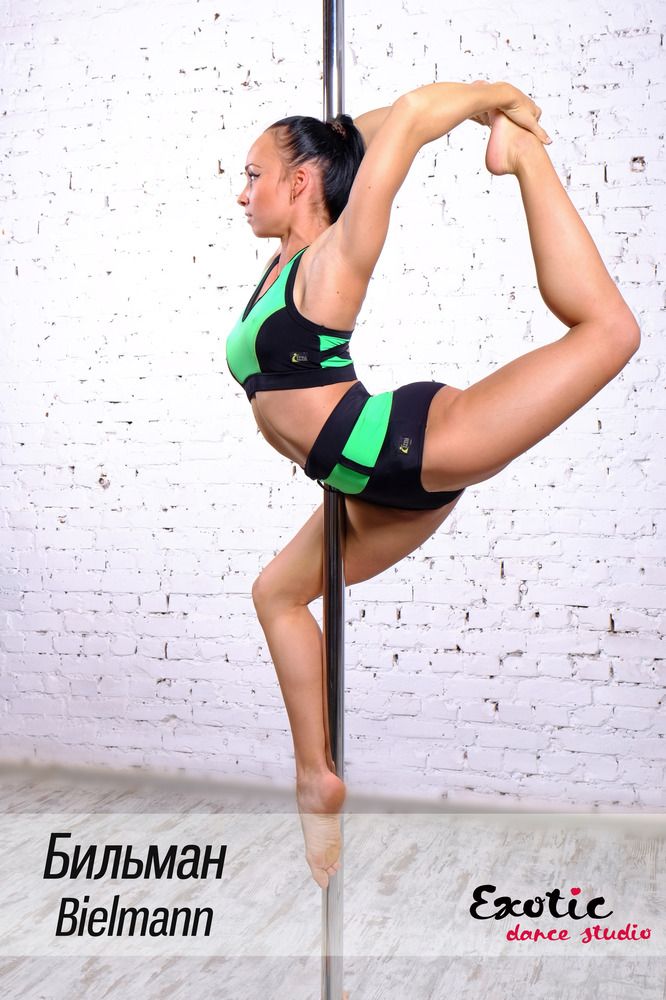
Before class, the trainer asks about various illnesses/injuries/general fitness; then he explains safety precautions, and before starting the lesson, he shows how to perform all the exercises: how to do push-ups, pump the press, legs, etc. correctly.
9. Tell me about exotic poledance? What is this direction and what benefits does it bring to the body?
Pole Dance Exotic - one of the types of pole dance, aimed not only at the study of tricks and dance sequences on the pole, but also at the development of plasticity and sexuality. Pole dance exotic (floor dance exotic) includes the study of the elements of strip plastic and strip dance.
Exotic Pauldance is, first of all, a dance that symbolizes women's freedom, joy, femininity, theatricality and artistry. All women who want to discover new facets of their character and their sexuality, regardless of age, height and configuration, can practice this dance .
10. Do I need to have some basic physical fitness to practice pole dancing? How do you select students for your school?
Being physically fit is an advantage, but not a requirement to start training.